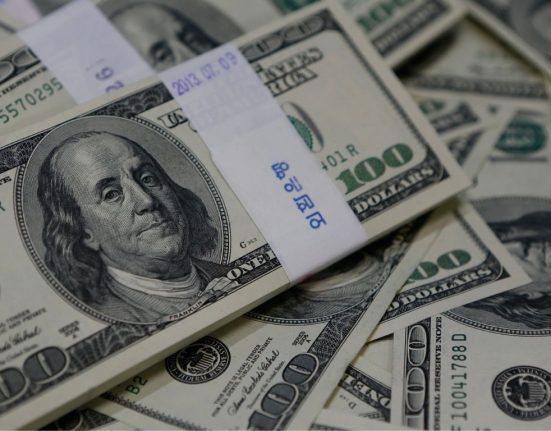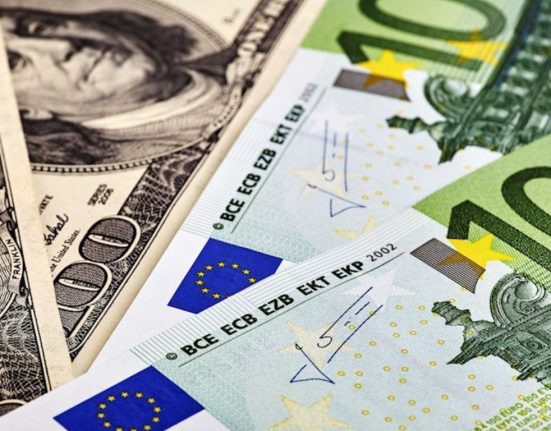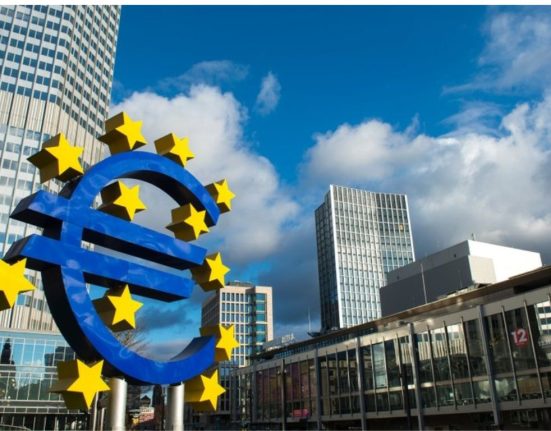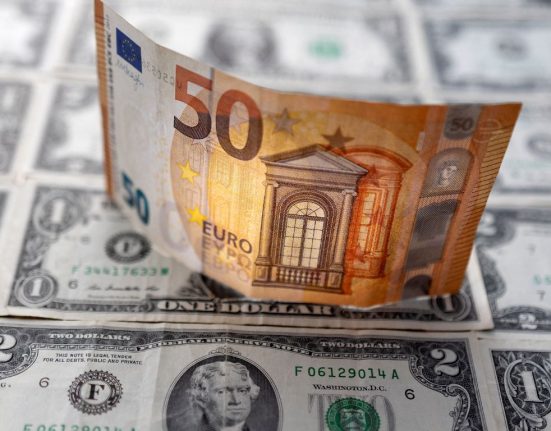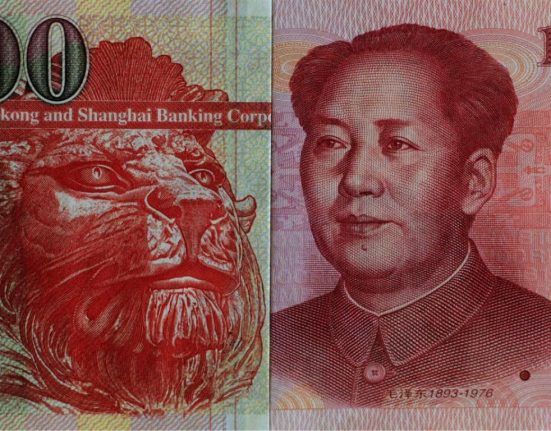Introduction
The resurgent U.S. dollar has made significant waves in the global foreign exchange market, affecting developed-market currencies such as the euro and the yen. This article delves into the reasons behind the euro’s and yen’s underperformance against the dollar, primarily focusing on the EUR/USD exchange rate. Additionally, we will explore how idiosyncratic factors, such as the recent slump in manufacturing activity in Germany, have contributed to the common currency’s struggles.
The Impact of the Resurgent U.S. Dollar
The U.S. dollar’s recent resurgence has had far-reaching consequences on various developed-market currencies, resulting in fluctuations and downturns in exchange rates. In particular, the euro and yen have been adversely affected, with the EUR/USD pair experiencing a decline of nearly 3% from its peak in May. This shift in currency dynamics can be attributed to a combination of factors, including both external market forces and internal economic conditions.
Factors Contributing to Euro’s Underperformance
The euro’s weaker performance against the resurgent U.S. dollar can be attributed to a multitude of factors. Firstly, the U.S. Federal Reserve’s shift towards a more hawkish monetary policy stance, with expectations of interest rate hikes, has made the dollar more attractive to investors seeking higher returns. This divergence in monetary policy between the United States and the European Central Bank (ECB) has put downward pressure on the euro.
Furthermore, idiosyncratic factors have played a role in the euro’s struggles. Germany, being a major economic powerhouse within the Eurozone, experienced a slump in manufacturing activity, which had a ripple effect on the euro’s overall performance. The decline in German manufacturing activity can be attributed to various factors, including supply chain disruptions, trade tensions, and a slowdown in global demand. As Germany’s economic engine weakened, it weighed on the Eurozone as a whole, causing the euro to lose ground against the dollar.
The Yen’s Challenges and the U.S. Dollar
Similar to the euro, the yen has faced challenges in the wake of the resurgent U.S. dollar. The Bank of Japan’s persistent ultra-loose monetary policy and prolonged low interest rates have made the yen less appealing to investors seeking higher yields. In contrast, the expectation of rising interest rates in the United States has boosted demand for the dollar, exerting downward pressure on the yen.
Moreover, the U.S.-China trade tensions and geopolitical uncertainties have further influenced the yen’s performance. As a safe-haven currency, the yen tends to benefit during times of global economic uncertainty. However, the relative strength of the U.S. economy and the dollar’s allure as a safe-haven asset have diminished the yen’s attractiveness, causing it to weaken against the dollar.
The Impact on the EUR/USD Exchange Rate
The interplay between the resurgent U.S. dollar and the euro has resulted in a decline in the EUR/USD exchange rate. With the euro underperforming due to both external and internal factors, and the U.S. dollar gaining strength, the exchange rate has experienced a downward trend. This depreciation in the euro relative to the dollar has implications for various stakeholders, including businesses engaged in international trade and travelers visiting the Eurozone.
Conclusion
The resurgent U.S. dollar has had a significant impact on developed-market currencies such as the euro and the yen. While the euro’s underperformance against the dollar can be attributed to a combination of external factors, such as the U.S. Federal Reserve’s monetary policy divergence, and internal factors, including Germany’s manufacturing activity slump, the yen has faced similar challenges due to the Bank of Japan’s monetary policy stance and global uncertainties.
As the exchange rate between the euro and the U.S. dollar experiences a decline, businesses and individuals must navigate the implications of these currency dynamics. Monitoring global economic developments, central bank policies, and geopolitical factors will remain crucial for understanding and adapting to the ever-changing foreign exchange landscape.


